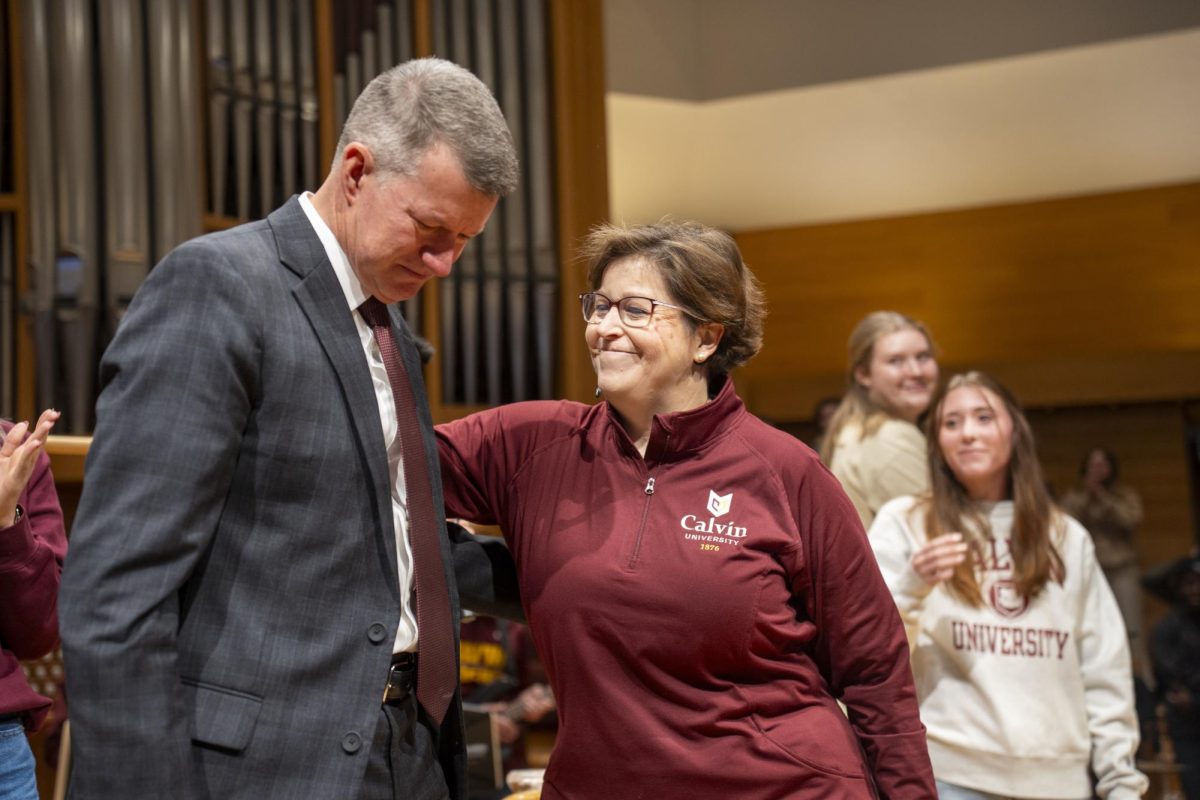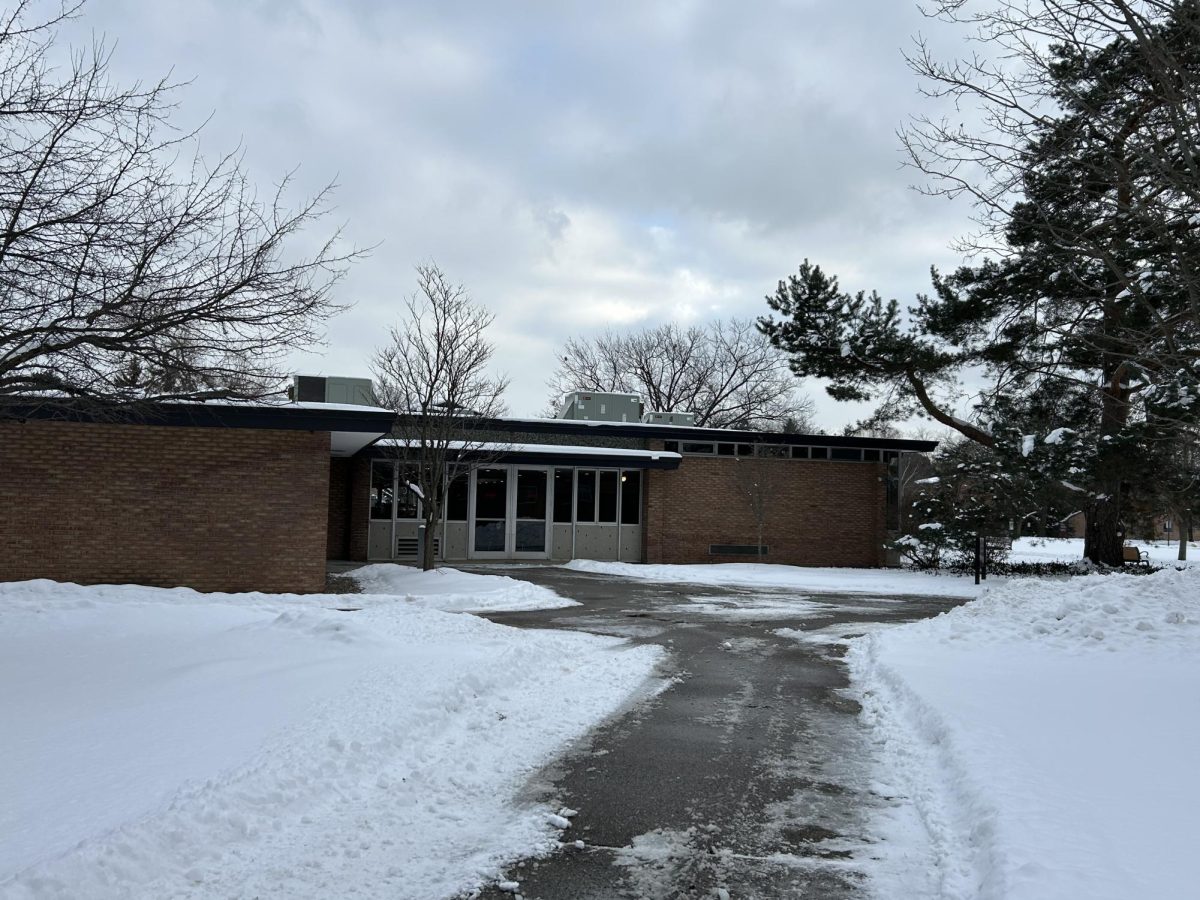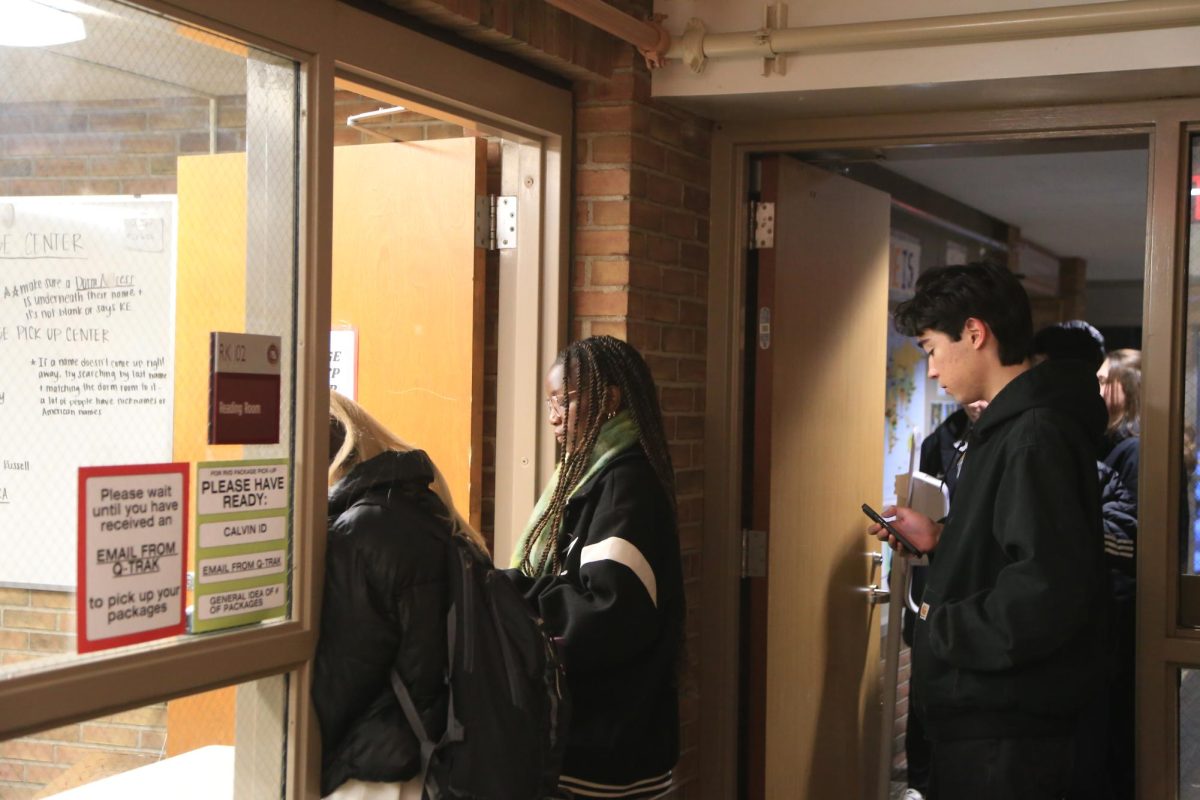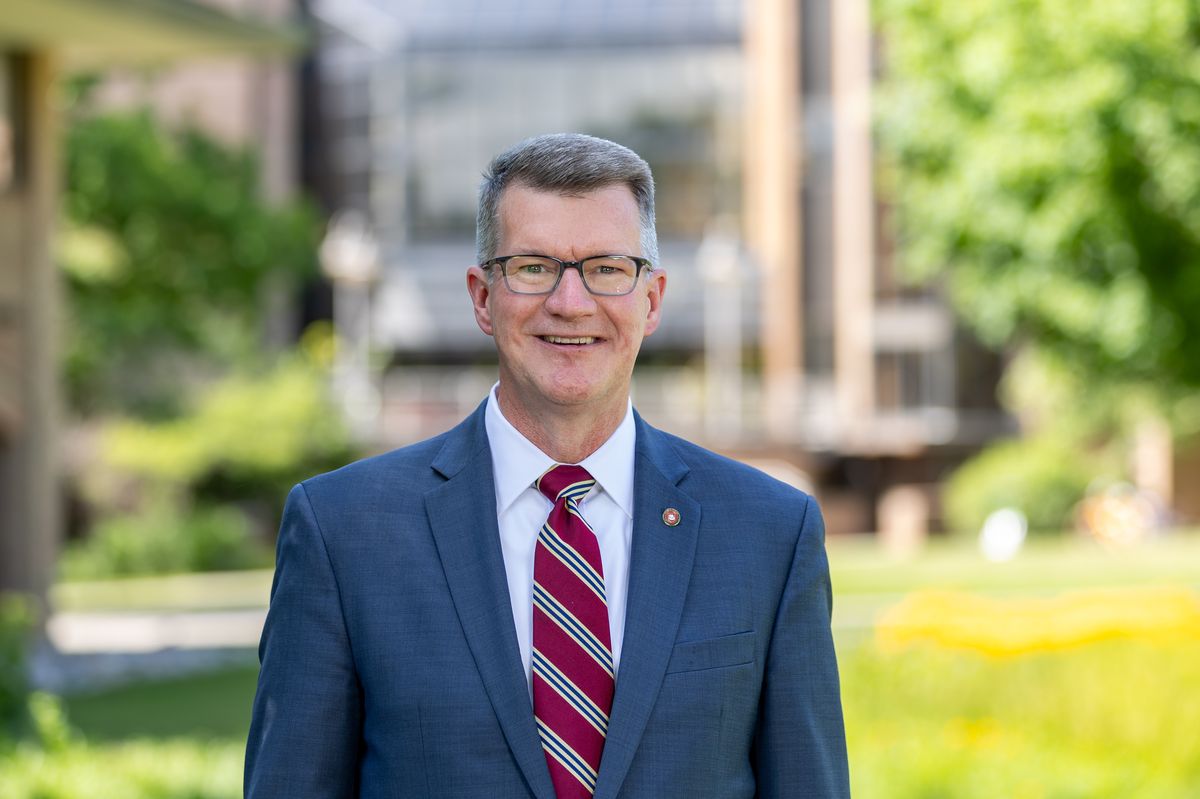Students in Biology 160 traveled to Michigan State University last Friday to examine the class’s newly found bacteriophage discoveries under the university’s electron microscope. The class, Ecological and Evolutionary Systems, focuses on gaining insights into adaptive physiological functions. Specifically, the class examines the mysterious world of bacteriophages, an important but immensely understudied topic, according to the course instructor, professor John Wertz.
Phages are the most abundant “life form” on earth, that is, if they are living. Students in the class, known as phage hunters, are challenged with questions such as this and with the concept of thinking “phagecologically,” according to Wertz.
“How do you get a close connection in the science classroom, that’s the question,” said Wertz. Professor Randall DeJong works alongside Wertz and they teach the class and lab three times a week.
The course began four years ago when Howard Hughes Medical Institute (HHMI), an institution that hopes to advance science through research and science education, created a classroom phage study course for colleges all across the country.
“The first year we taught the course, I knew a bit about bacteriophages,” said Wertz. “After we started getting into the bacteriophages, it just excited me. I learned so much along with the students. The students learn about it, and we learn just as much too, going along with it. It is this really neat kind of experience.”
To begin the course, students were sent out to find soil samples on campus that hopefully contained phage, which are abundant in damp soil— there’s about 10 phages per one bacteria and about one million bacteria per gram of soil. Students gathered another sample from a termite gut extraction that Wertz made himself, drawing knowledge from his doctorate on bacteria in the guts of termites.
“I had to de-gut around 600 termites,” said Wertz. “So much is known about the termite gut system, but yet nothing is known about the bacteriophage so we want to know how to fit phage into that ecosystem by having students isolate them.”
After several purification procedures to narrow their findings to one specific type of phage, the class got the opportunity to travel to MSU to look at their phages.
“When I saw my phage, I felt like I was seeing the ultrasound of my baby for the very first time,” said phage hunter Mary Rose Horner-Richardson. “After we spent all this time isolating it, it was very exciting to see it.”
Along with seeing their discoveries, the class gets to name their phage, extract its DNA and present it in front of the class.
“I want to anthropomorphize my phage,” said Horner-Richardson. “I want to give it a name that sounds sciencey — and in Latin or something.”
At the end of the semester, students in Biology 160 will continue on with a lab, with the purpose to examine more closely their phage’s DNA. Wertz hopes that this class will advocate for the phage, as well as give students an authentic scientific experience.
“This is real life,” said Wertz. “This is real science. This is real life science.”







